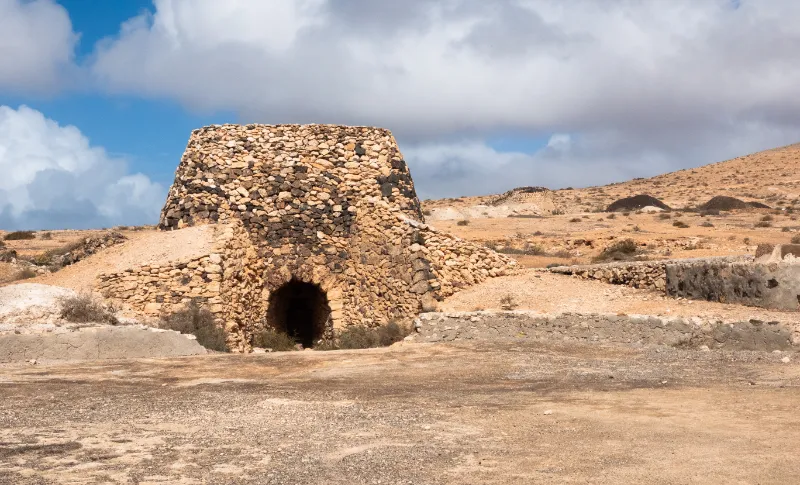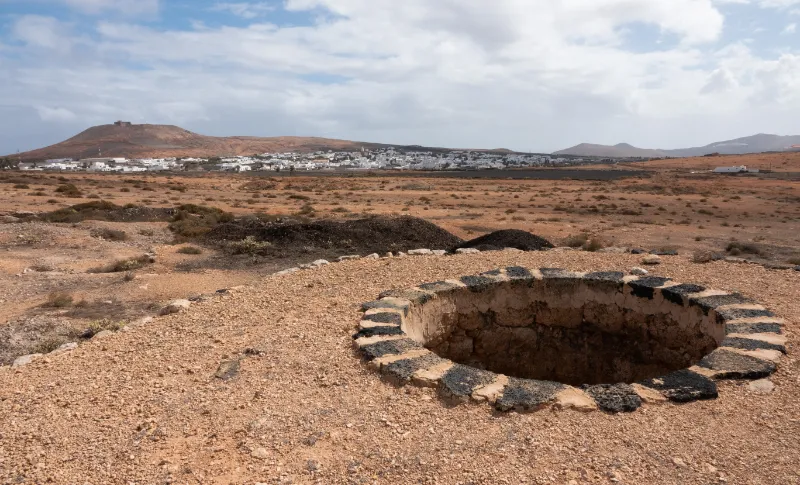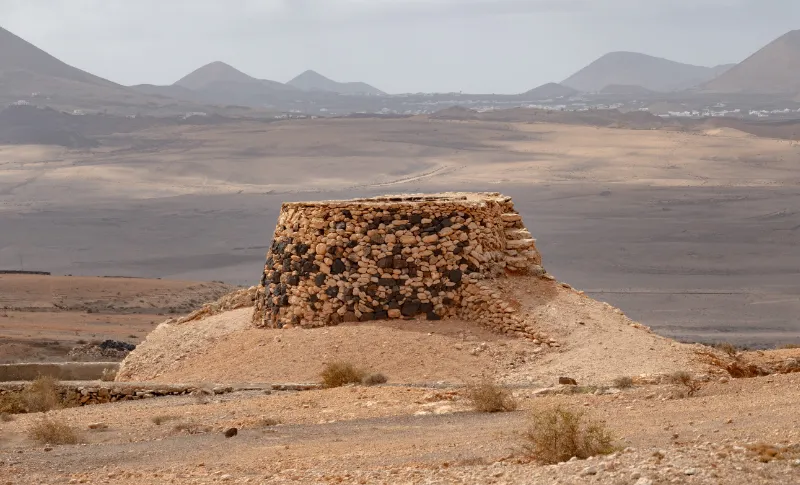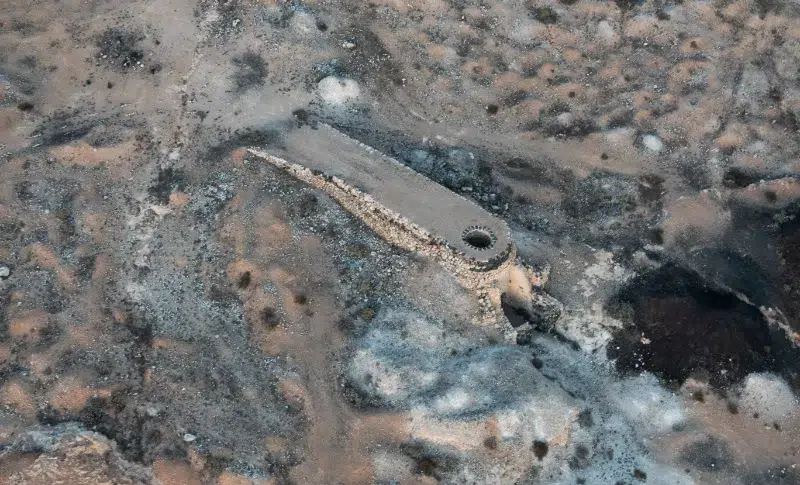
The Lime Kilns of Lanzarote: A Hidden Gem of Industrial Heritage
Explore the Fascinating History of Lanzarote’s Lime Kilns
Lanzarote, a gem among the Canary Islands, is renowned for its dramatic volcanic landscapes, enchanting black sand beaches, and flourishing vineyards. But what many travelers don’t know is that this island holds a secret: a fascinating industrial heritage rooted in lime production. The old lime kilns, known as “calera” in Spanish, stand as silent witnesses to Lanzarote’s economic and social history. In this article, we delve into the story behind these unique structures, their operation, locations, and how you can experience them firsthand.

image credit @lanzabubila
The Versatile World of Lime
Lime, a product derived from the calcination of limestone, undergoes high-temperature firing in specialized kilns. This process transforms calcium carbonate (CaCO3) into calcium oxide (CaO), also known as quicklime. When immersed in water, quicklime produces calcium hydroxide (Ca(OH)2), commonly referred to as slaked lime. Hydrated lime is a versatile paste that can be mixed with aggregates to create renderings or mortars.
Lime’s history dates back to antiquity, where it found applications in construction, agriculture, metallurgy, and chemistry. Its uses encompass stabilizing soil, enhancing building strength and waterproofing, pH regulation of agricultural land, metal purification, and even soap production.
The Inner Workings of Lime Kilns
Lime kilns are striking vertical structures, typically cylindrical or frustoconical, crafted from stone or brick. These kilns consist of a combustion chamber where various fuels like wood, coal, or coke are burnt, and a calcination chamber where limestone is stacked. The fire raises the limestone’s temperature to approximately 900°C for several hours or even days, depending on kiln size and fuel quality. This intense heat causes the limestone to disintegrate into quicklime and carbon dioxide, with the quicklime extracted from the base of the kiln.
Typically, lime kilns operate in discontinuous cycles: they’re charged with limestone and fuel, ignited, fired until completion, emptied, and then the process is repeated. Some kilns, however, operate continuously, feeding limestone from the top and collecting lime from the bottom.

image credit @lanzabubila
Exploring Lanzarote’s Historic Lime Kilns
Lanzarote’s historic lime kilns are predominantly situated in the northeast of the island, where limestone is more abundant. They can be found in the municipality of Teguise.

image credit @lanzabubila
Visiting Lanzarote’s Old Lime Kilns
Lanzarote’s old lime kilns aren’t just relics of the past; they are integral to the island’s industrial heritage, offering a glimpse into its history and culture. Many of these kilns are seamlessly integrated into the natural landscape, contributing to Lanzarote’s unique charm. While some of these sites are open to the public, others remain private or are challenging to access.
To reach the lime kiln sites, you can travel by car, bike, or on foot, depending on the distance and terrain. However, always remember to respect the site and any private property. For a unique perspective, you can also witness these historic structures during a tandem paragliding flight with Abubila Paragliding from Teguise.
In Conclusion
The ancient lime kilns of Lanzarote are more than just remnants of a bygone era. They represent an economic activity that significantly shaped the island for centuries and exemplify the resourcefulness of Lanzarote’s inhabitants. To visit them is to uncover a lesser-known but captivating facet of this unique island, providing a deeper understanding of Lanzarote’s rich history and cultural tapestry.
Discover more about Lanzarote’s hidden treasures:





